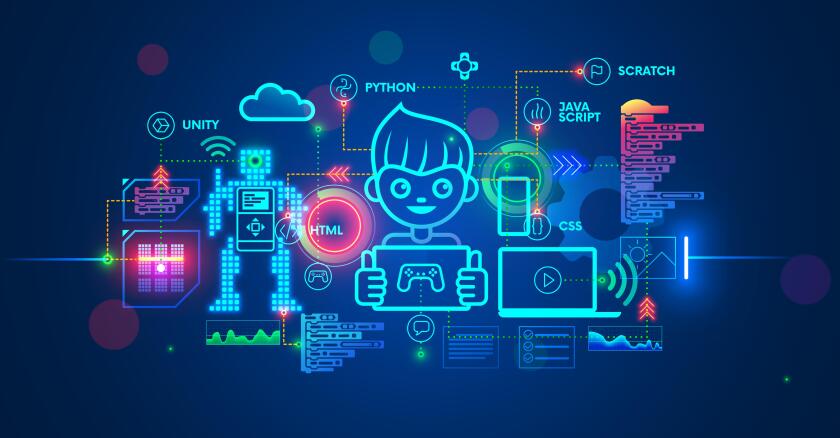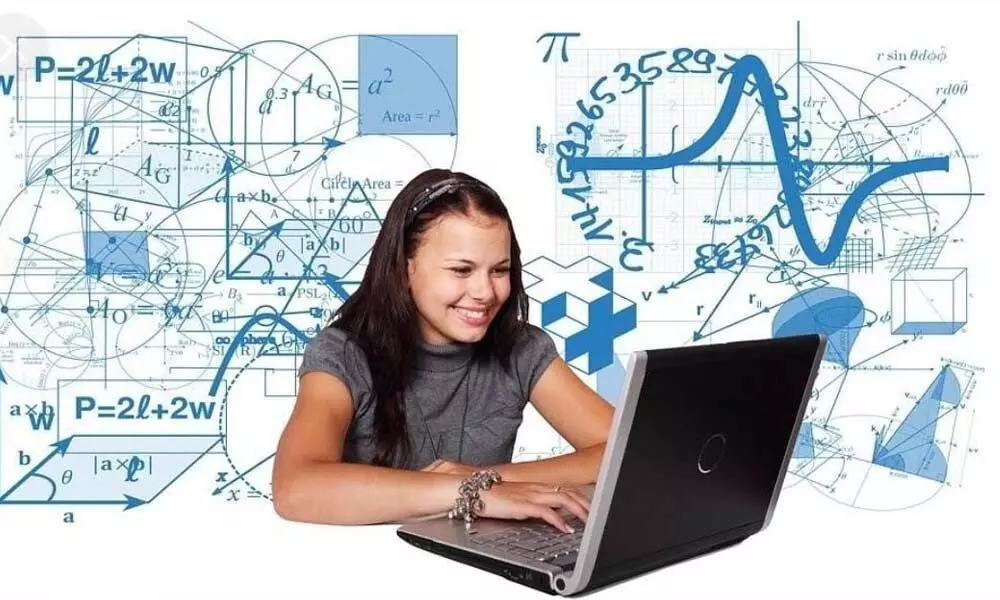Beginning Earning Today with Practical Make Money Concepts That Work
Beginning Earning Today with Practical Make Money Concepts That Work
Blog Article
Comprehensive Business Guides for Advancing Innovation Education And Learning in Schools and Colleges
The combination of technology education right into institution and college curricula has actually become an essential important in preparing pupils for a progressively electronic labor force. What particular methods can be adopted to maximize their influence on both instructors and pupils?
Value of Innovation Education
As modern technology continues to evolve at an extraordinary pace, the importance of technology education has actually become significantly obvious in today's society. The assimilation of modern technology right into numerous aspects of life necessitates that individuals possess a foundational understanding of technological concepts and applications. This expertise not just boosts employability but likewise cultivates crucial thinking and analytical skills vital for navigating a dynamic workforce.
In schools, innovation education and learning outfits trainees with the capacity to adjust to quick adjustments in sectors driven by technology. It urges creative thinking and equips learners to involve with arising technologies, from expert system to data analytics. In addition, innovation education promotes electronic proficiency, which is critical in an era where information is easily available yet frequently misleading.

Trick Parts of Effective Guides
Reliable guides for innovation education have to encompass a number of key components to ensure that learners gain one of the most from their experiences. A well-defined curriculum is essential, detailing the purposes, finding out outcomes, and the abilities to be created. This curriculum must be consistently updated to reflect the rapidly developing technical landscape, guaranteeing importance and applicability.
2nd, detailed sources that consist of books, on-line materials, and hands-on devices are important. These resources must be accessible and diverse, dealing with different discovering styles and preferences. Furthermore, incorporating real-world scenarios and instance studies can improve understanding and engagement.
Third, evaluation techniques should be consisted of to evaluate student development successfully. These assessments must be differed, including cumulative and formative assessments that straighten with the discovering objectives.
In addition, expert advancement opportunities for educators are crucial. Educating programs and workshops can furnish educators with the most up to date technological developments and pedagogical approaches.
Last but not least, promoting a joint understanding atmosphere motivates peer interaction and knowledge sharing. By consisting of these key components, guides for innovation education and learning can dramatically improve the understanding experience, preparing trainees for future obstacles in a progressively digital globe.
Structure Industry Collaborations
Building strong industry partnerships is an essential element of enhancing innovation education. These collaborations between schools and companies create a dynamic ecological community that benefits educators, students, and companies alike. By cultivating relationships with industry colleges, institutions and leaders can straighten their curricula with the developing demands of the work market, guaranteeing that trainees acquire appropriate skills and understanding.
The development of internships, apprenticeships, and mentorship programs functions as a keystone of these collaborations. Such possibilities offer students with hands-on experience, enhancing their employability and practical understanding of innovation applications. In addition, industry partners can offer insights into arising patterns and technological innovations, allowing instructors to adjust their mentor techniques as necessary.
In addition, collaborations can promote accessibility to resources, such as devices, software, and financing for research study projects. These payments enrich the learning atmosphere and allow establishments to remain at the center of technical development. Ultimately, building robust sector collaborations is necessary for cultivating a knowledgeable labor force that satisfies the requirements these days's swiftly altering technological landscape, while likewise driving financial development and competition in the wider community.
Implementing Innovation Programs
Implementing innovation programs within schools calls for a strategic strategy that focuses on both curriculum growth and resource appropriation. To start successful innovation integration, establishments should initially analyze their existing infrastructure and identify spaces in sources, consisting of hardware, software application, and workers training. This assessment makes it possible for institutions and universities to produce a customized strategy that aligns with their certain educational objectives.
Next, it is vital to develop a comprehensive educational program that incorporates arising technologies and market criteria. Teaming up with educators, industry experts, and stakeholders can make certain that the educational program continues to be pertinent and efficient in preparing pupils for the labor force (Insurance). Furthermore, professional advancement for faculty is vital, as it furnishes instructors with the skills essential to effectively teach new innovations
Additionally, establishments should highlight the significance of hands-on knowing experiences, such as workshops and laboratories, that allow pupils to apply academic understanding in functional settings. This experiential method boosts interaction and fosters critical thinking. Protecting sustainable financing through collaborations and grants can assist maintain and broaden technology programs, making sure lasting success and flexibility in an ever-evolving technical landscape.
Gauging Success and End Results
Examining the success and outcomes of modern technology education and learning programs is essential for verifying their influence and directing future improvements. Effective measurement frameworks should encompass both qualitative and quantitative metrics, offering an extensive view of program efficacy. Trick performance indicators (KPIs) such as student enrollment figures, retention prices, and program conclusion percentages provide useful measurable information.

Incorporating standardized analyses can better evaluate students' technical competencies and preparedness for the labor force. Benchmarking against similar institutions allows check out this site for contextually relevant contrasts, highlighting areas for growth.
Ultimately, the continuous assessment of innovation education and learning programs fosters a society of renovation, making certain that they advance in positioning with industry demands and instructional requirements. By systematically gauging success, establishments can not just demonstrate accountability to stakeholders but also improve their offerings, consequently enriching the learning experience and preparing students for look at this web-site the ever-changing technical landscape.
Final Thought

The integration of innovation education into school and university educational program has come to be a critical essential in preparing pupils for a significantly electronic workforce.As technology continues to this post develop at an unmatched rate, the value of innovation education and learning has actually come to be increasingly obvious in today's culture.In educational institutions, technology education gears up students with the ability to adapt to rapid modifications in industries driven by technology. By prioritizing technology education and learning, institutions can cultivate a generation of informed residents qualified of leveraging innovation for societal and individual advancement. The execution of durable assessment techniques makes it possible for organizations to gauge success and end results, ultimately improving the total performance of modern technology education and learning efforts and preparing students for future challenges.
Report this page